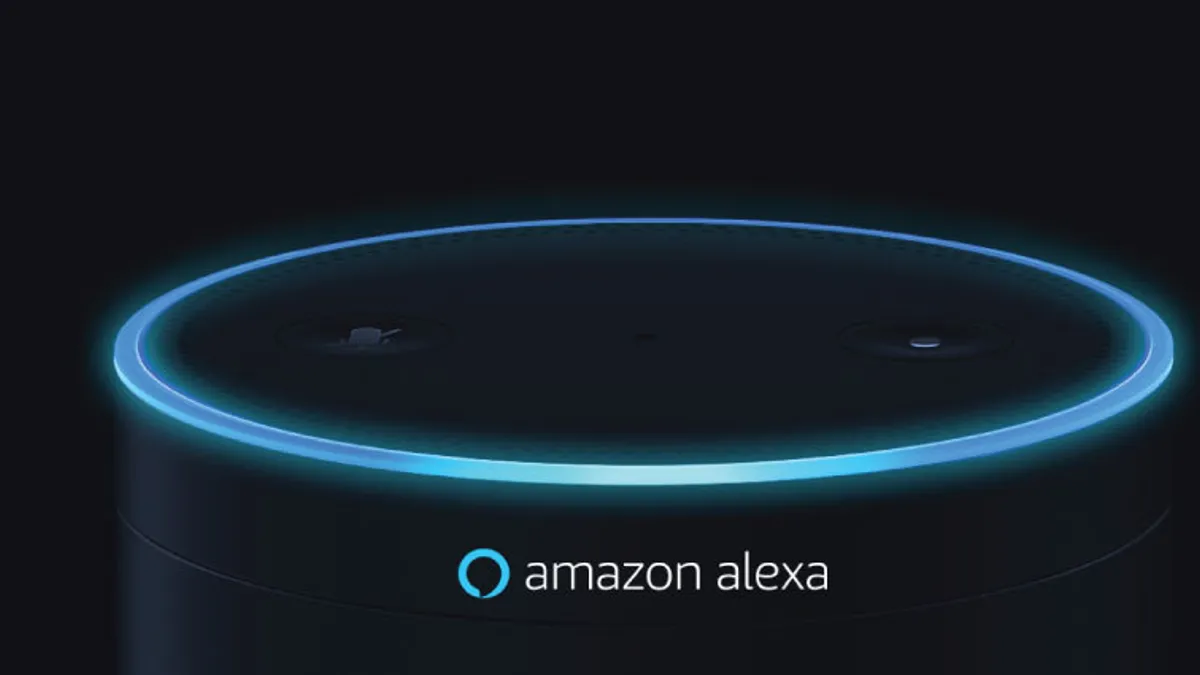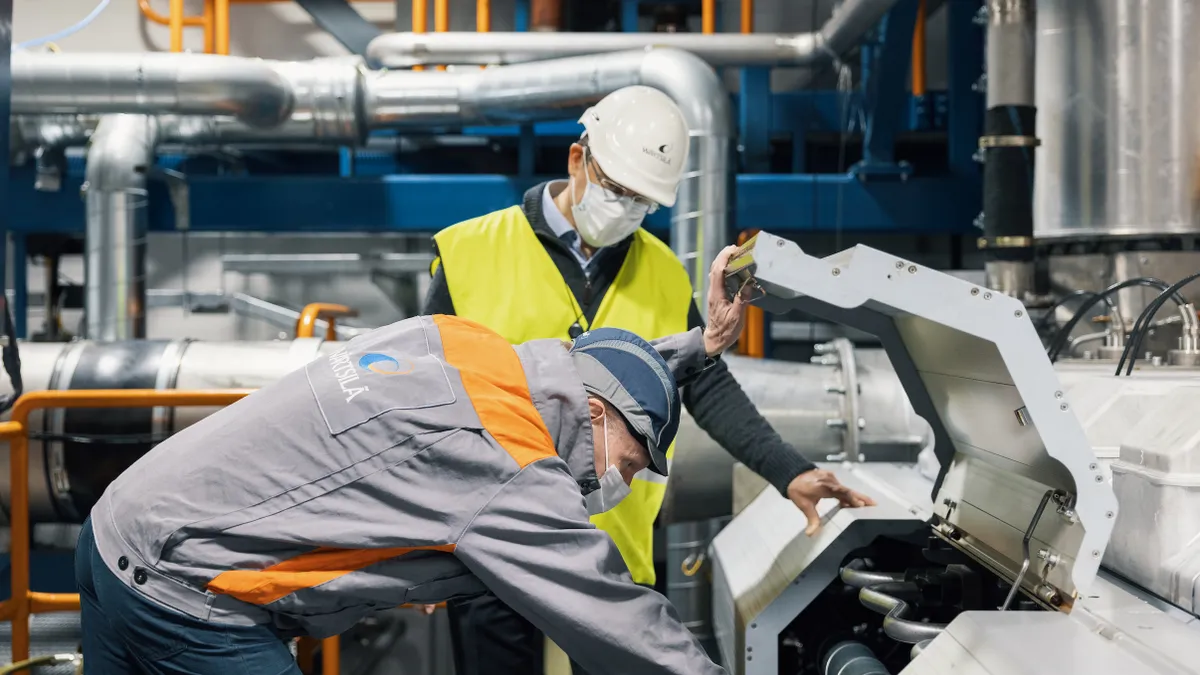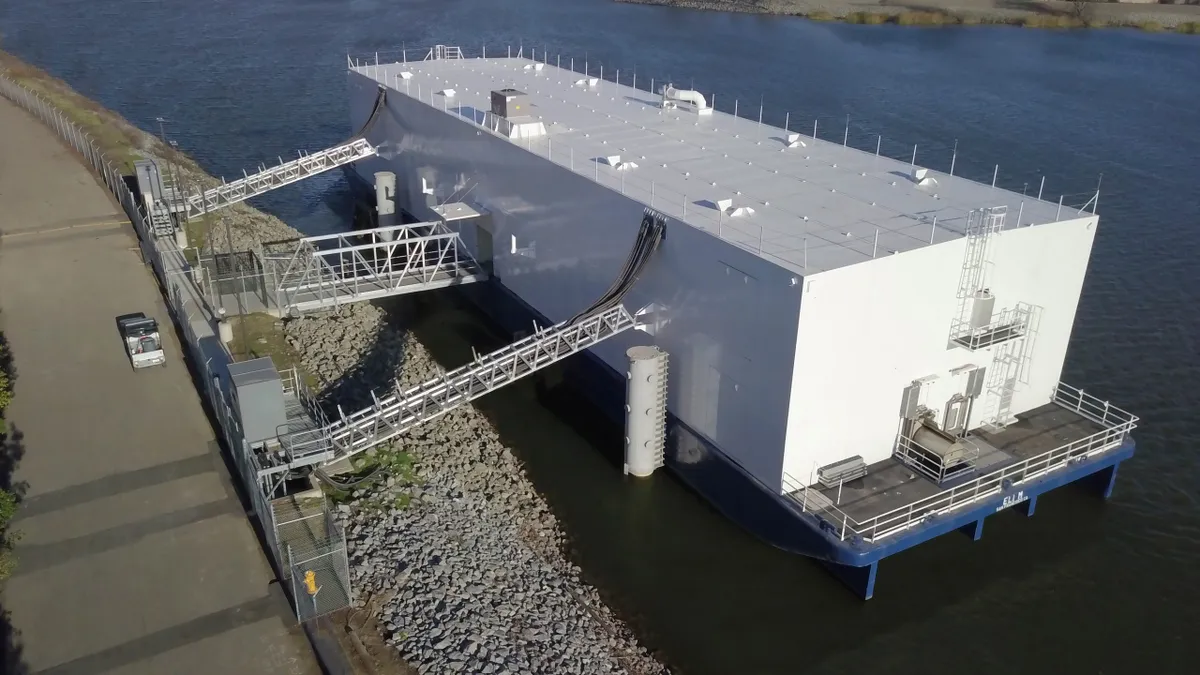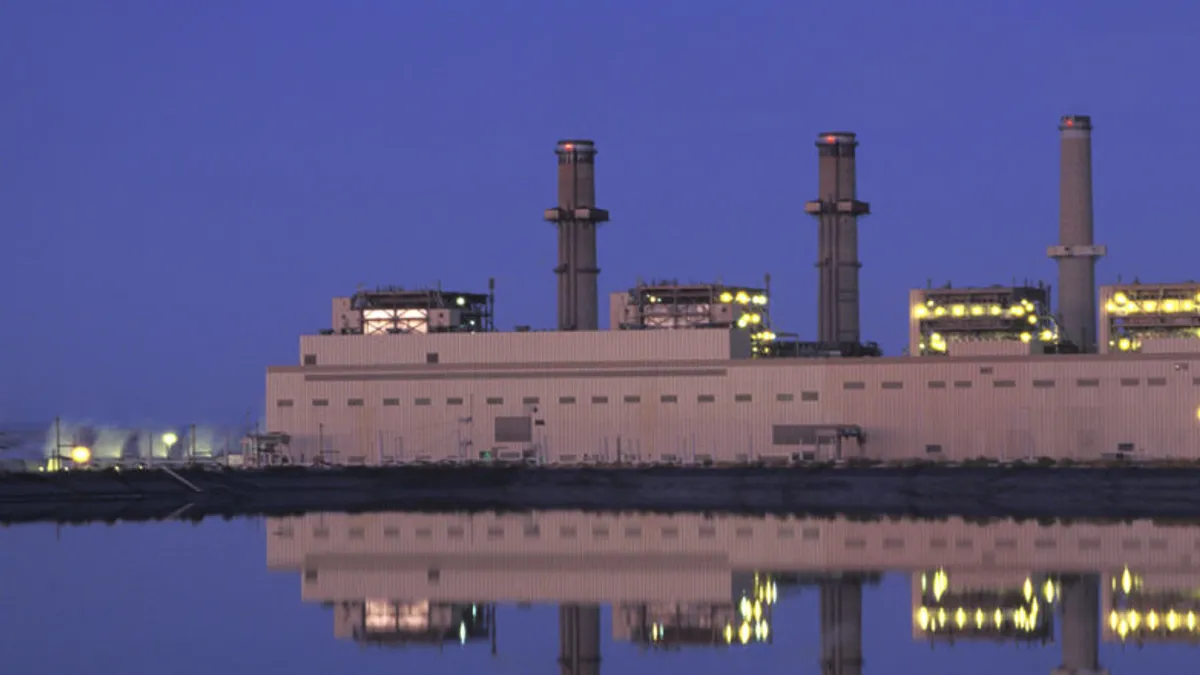TXU Energy, a retail provider in the Lone Star State, announced a new program this month aimed at giving customers easier control over their home's comfort. Using Amazon's in-home assistant Alexa, they can now adjust their thermostat and access billing information simply through voice commands.
It's the sort of capability that a decade ago might have seemed Jetsons-like — if that analogy even still works in today's uber-connected world. And yet in 2017, with self-driving cars and artificial intelligence all on the table, it seems par for the course.
Right now, the Alexa "skill" is relatively basic, said David Hammons, senior product manager at TXU Solutions. But utilities are increasingly looking at a range of consumer technologies, from smart thermostats to voice-responding assistants, as a potential resource on both sides of the meter.
On the customer-facing side, it is one more step in building a stronger relationship between utilities and residential consumers. And for utilities, they see a fast-evolving potential for granular grid management and more effective communications.
"The industry has evolved to the point where we're on the cusp of using it to manage demand, but we're not there yet," Hammons said of the myriad connected devices now in customer homes.
Utilities building trust
Philip Mihlmester, executive vice president at ICF, said the range of connected, energy-focused devices is expanding rapidly.
"Consumers are beginning to access that technology in various shapes and forms, and utilities are trying to understand how they can use these technologies in a way that helps them connect with customers and helps manage the grid," Mihlmester told Utility Dive in an interview. "At the same time, utilities want to deliver value to their customers in a mutually beneficial way," he added.
Most utilities have moved past the days when customer contact was just about high bills and outages. As they offer new services and give customers more control, the relationship is changing, Mihlmester said. "Slowly but surely," they are building trust.
"You've seen over the last few years that JD Power scores are advancing for a significant number of utilities," Mihlmester said.
JD Power's annual survey of residential customer satisfaction has shown increasing scores for utilities for six consecutive years, with tech advancements like mobile apps and smart thermostats playing a role.
"Utilities are working very hard to show customers they are looking out for them, and customers are starting to engage," Mihlmester said.
Early misfires
But it was not always this way. Before the Nest programmable thermostat launched and became a household name, an initial wave of home energy management devices rolled out but failed to gain traction, said Carol Stimmel, founder of Manifest Mind. Primarily marketed as energy monitoring gadgets, they didn't translate into savings and their functionality was limited.
But as the technology has improved, device makers have overcome consumer reticence in a variety of ways They adopted the "Trojan horse strategy," she said. A major benefit of the devices is the data they collect, so device makers began combining use cases. "Put it inside something people are already buying," she said.
Dual-use devices like security alarms combined with a thermostat have helped pull information out of homes. It is a trend Americans have become very familiar with, as debates rage over data privacy. Take, for example, the lowly Roomba — the rolling robot that cleans your floors could also be mapping your home and capturing valuable data with many uses.
"Whatever sensor can help understand the physics of a home is just more data that can be used," Stimmel said. "There's a continuing race to own the home, but it's not about a particular use case. it's more about owning the home, owning the data in the home."
Device wars
Data-gobbling connected appliances have become common, but that doesn't mean all the hurdles have been cleared. The landscape of devices is cluttered, meaning utilities struggle to integrate these into their own platforms. As is so often the case now, both the challenge and solution revolve around the data.
"There will not be a winning technology for the smart home," said David Meisegeier, a senior technical director at ICF. "The space is just too big for there to be one emerging winner. That makes it a challenge for utilities: Whatever solution they pick, they are excluding some customers."
A utility could develop an interface that connected with and processed data from one brand of thermostat, for instance. But without uniform standards in place, connecting a second brand would require undertaking the same process all over again. And it isn't just about standardizing what data is collected and how it is transmitted and formatted. There are also hardware standards and security standards that will ultimately need to be developed.
"The standards have always been the key," Stimmel said. "That will open up a raft of space for entrepreneurs and startups to start playing in the energy space."
Stimmel sees a shift in customer interest in energy management devices, largely driven by new products and capabilities. One of the biggest changes since early devices failed to gain traction, is the proliferation of rooftop solar. Combined with a growing interest in electric vehicles and storage, the advances have moved customers from being simple consumers of electricity to active participants.
"It changes who we are as customers," Stimmel told Utility Dive. "We become producers, and then it becomes really interesting."
That is a perspective mirrored by TXU Solutions' Hammons. "There will be a big convergence but I think we're years out," he said. "The proliferation of solar and the integration with batteries and EVs, as well as demand response, tying all of those things together is a very interesting place. It will be an exciting time when some of that really starts to work well together."
Utility use cases: A coffee maker to manage the grid?
Utility interest in these technologies goes beyond grid management. Better processing of large amounts of data, eventually aided by machine learning and artificial intelligence, will help them to identify which programs might benefit an individual customer, market more effectively, even perform virtual audits. But balancing the distribution grid will be a key area of interest.
"Utilities are very interested from a grid management perspective," Mihlmester said. "Voice activated controls like Alexa and Siri, app control, solar-powered blinds, everything from your dryer to your coffee maker .... they will be simplistic applications at first but can accelerate very quickly. Even if you just limit it to the smart thermostat, you get access to HVAC, and that is by far the largest set of loads," he said.
"Smart thermostats are a perfect place to start the conversation," Meisegeier agreed. They've been out since about 2011, and now you see utilities working on how to leverage those technologies. "You can start to target customers with more relevant programs, and that's just with the thermostat. Adding on other sensors could provide more intelligent control and more granular insights."
"It is starting to develop quickly," Mihlmester said. "Utilities are faced in some cases with needing to upgrade their distribution systems to accommodate different loads and load shapes. That causes them to have to invest capital, and some regulators and utilities are saying, 'let's explore other alternatives, how we can use customer loads to mitigate the peaks.'"
But the industry isn't quite there yet. It's not the distant future, but new rate structures, more advanced metering and buy-in from regulators will all need to happen. Today, Alexa can change the temperature in the home. In a few years, the digital home assistant may automatically respond to utility price and load signals to assist in renewable energy integration.
"The vast majority of utilities are dabbling in the space, but no one has found the secret sauce," Hammon said. "The proliferation of solar and batteries and EVs will change the industry — and how to manage that, each utility is still building their own roadmap at this point. How you leverage that, whether for demand response or what have you, is a question we're still trying to answer.
"There will be a big convergence, but I think we're years out."



















